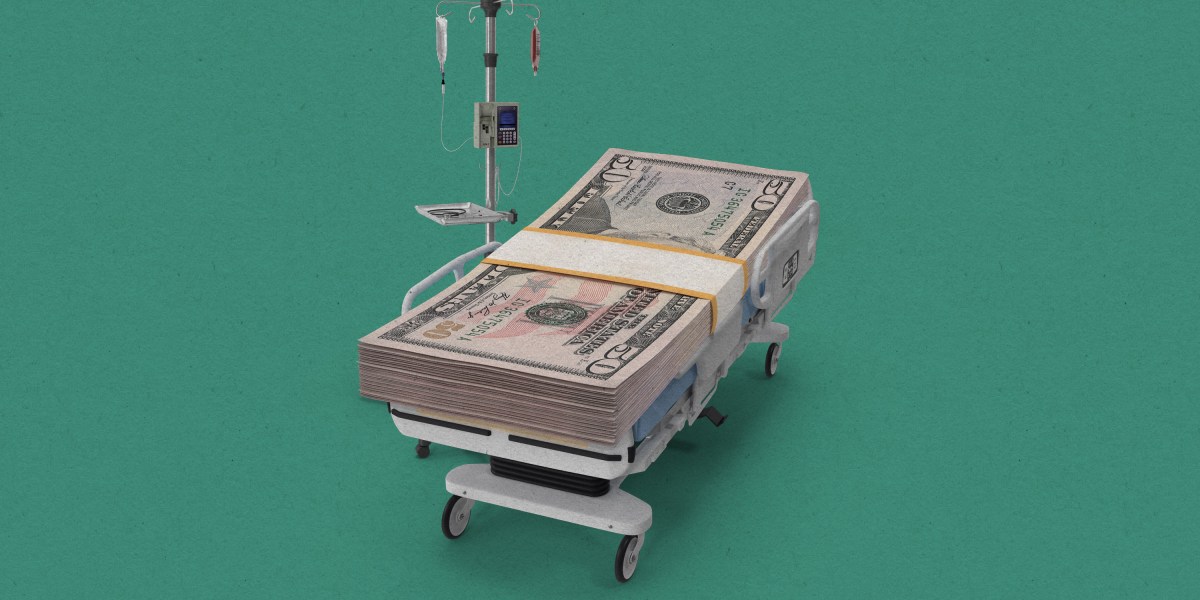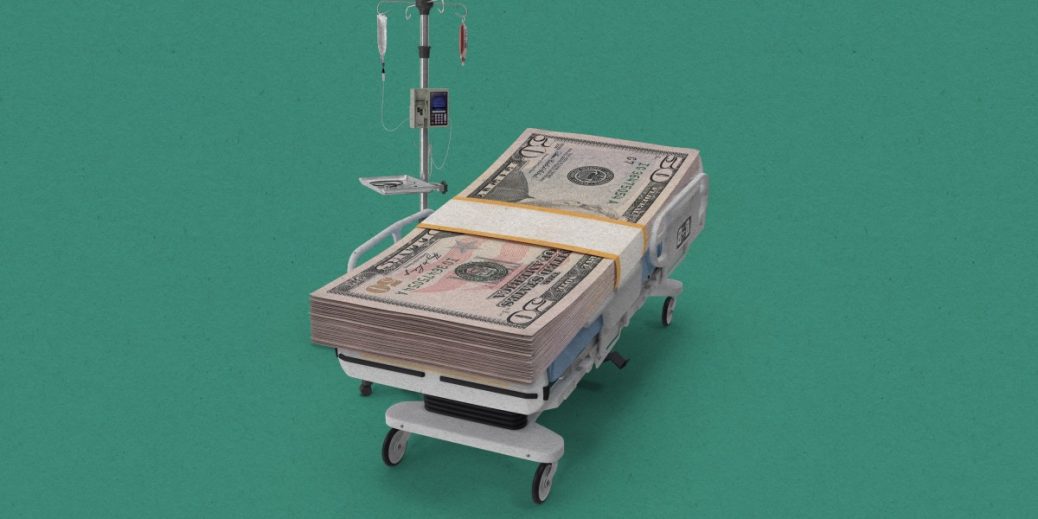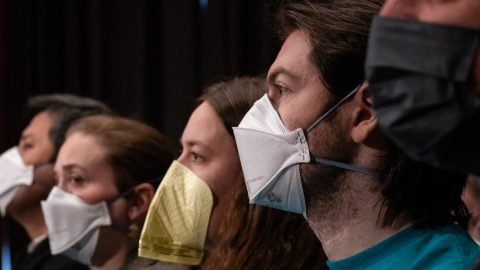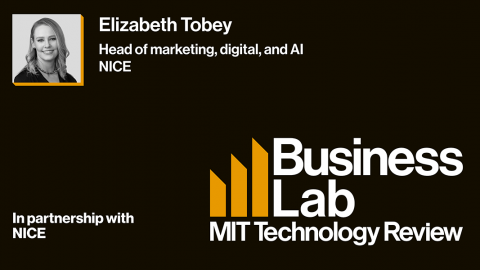
But there’s no denying that super-high prices can signal that a treatment isn’t economically sustainable.
One prior title holder for most expensive drug, the gene therapy Glybera, was purchased only once before being retired from the market. It didn’t work well enough to justify the $1 million price tag, which made it the price champion at the time.
Then there’s the treatment that’s been reigning as the costliest until today, when Lenmeldy took over. It’s a $3.5 million hemophilia treatment called Hemegenix, which is also a gene therapy. Such treatments were meant to be generate billions in sales, yet they aren’t getting nearly the uptake you’d expect according to news reports.
Orchard itself gave up on another DNA fix, Strimvelis, which was an out-and-out cure for a type of immune deficiency. It owned the gene therapy and even got it approved in Europe. The issue was both too few patients and the existence of an alternative treatment. Not even a money back guarantee could save Strimvelis, which Orchard discontinued in 2022.
Orchard was subsequently bought by Japanese drug company Kyowa Kirin, of which it’s now a subsidiary.
So it can seem like even though gene-therapies are hitting home runs in trials, they’re losing the ballgame. In the case of this Lenmeldy, the critical issue will be early testing for the disease. That’s because once children display symptoms, it can be too late. For now, many patients are being discovered only because an older sibling has already succumbed to the inherited condition.
In 2016, MIT Technology Review recounted the dramatic effects of the MLD gene therapy, but also the heartbreak for parents as one child would die in order to save another.
Orchard says it hopes to solve this problem by getting on the list of diseases automatically tested for at birth, something that could secure their market, and save many more children. A decision on testing, advocates say, could be reached following a May meeting of the U.S. government committee on newborn screening.
Among those cheering for the treatment is Amy Price, a rare disease advocate who runs her own consultancy, Rarralel, in Denver. Price had three children with MLD—one who died, but two who were saved by the MLD gene therapy, which they received starting in 2011, when it was in testing.
Price says her two treated kids, now in their tweens and teens, “are totally ordinary, absolutely average.” And that is worth the price, she says. “The economic burden of an untreated child….exceeds any gene therapy prices so far,” she says. “That reality is hard to understand when people want to react to the price alone.”









Recent Comments